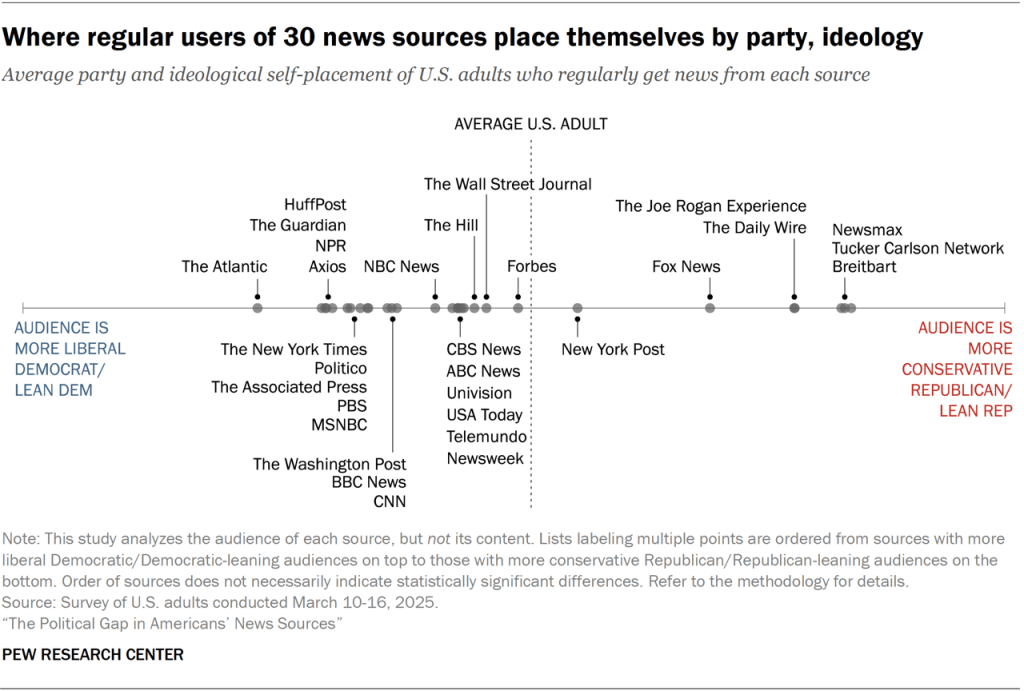Where did this happen?
ravenaspiring
As an old IT guy I empathize with the control of data. I have my array of self-hosted servers and love my CLI.
With that said, the older I get the less patience I have for hacking it together and supporting it. I still prefer privacy, and indeed Firecore Infuse is "Private by design" by their own statement. It's not open source and I am not clear if it's audited, but for as long as it lasts I'm happy friends and family less technically inclined have a simple easy familiar interface which I don't have to support.
I will say I'm impressed A Pi4 works so well for jellyfin streaming. I guess it's not transcoding, so it's just a database and file share.
VLC is a great way to work with AppleTV, if you are willing to trade a few more clicks and less meta data for being free. It is by far the gold standard of being able to play anything.
The file format issue, plus the simple interface (especially for older less technically inclined) makes infuse worth the $100 lifetime cost (especially with family sharing).
What hardware are you using for your LibreELEC? Pi 3,4,5? With an external drive?
Self-hosted is not a way to make things free. Just lower cost than subscriptions overall. Using the full *Arr suite, with Usenet, your own hardware, and client boxes gives the users better control of the content they watch, but requires a nominal input of users time (plus some technical expertise), as well as an investment of some money both one time and annually.
Infuse's lifetime time cost, when viewed in light of the total reduction of subscription cost (and an improved control of content) is worth it. I would definitely not pay a monthly amount to infuse, although it's possible.
So far as Jellyfin's app... As its free, I have low expectations. They fact that the developers have paid Apple for the SDK and put it as a free app on Apple TV and iOS is incredibly kind of them. They have a fair amount of code to look after and open source developers rarely get enough love or money.
Democrats and independents who lean toward the Democratic Party are much more likely than Republicans and GOP-leaning independents to both use and trust a number of major news sources. These include the major TV networks (ABC, CBS and NBC), the cable news networks CNN and MSNBC, major public broadcasters PBS and NPR, and the legacy newspaper with the largest number of digital subscribers, The New York Times.
Republicans, meanwhile, are much more likely to distrust than trust all of these sources. A smaller number of the sources we asked about are more heavily used and trusted by Republicans than Democrats, including Fox News, The Joe Rogan Experience, Newsmax, The Daily Wire, the Tucker Carlson Network and Breitbart.
...

Each source’s placement on this chart is based on the average measure of U.S. adults who say they regularly get news from that source – taking into consideration both the party identification (Republican or Democrat, including leaners) and ideology (conservative, moderate or liberal) of respondents. Refer to the methodology for details.
I realize most will say kodi or android TV, but I have to say that Apple TV with Infuse (or Jellyfin) is really simple and reliable. I say that with the assumption that you mean a client, not the server. I would definitely put it on a NAS at minimum.
At Seattle or Toronto's price point, I think it's likely a staff reduction by other means... That is unless the employees ignore it. https://www.inc.com/jessica-stillman/new-data-shows-workers-are-mostly-ignoring-return-to-office-orders/91202144
I can tell you after doing it on a house in Colorado, it's a satisfying thing. It covers the sunniest hours, and we have batteries enough to get us past peak hours. I do wish we built it bigger and put more batteries in it, but that seems always true.
Where is this graphic from? It's awesome!
If only it was this easy go find MH370. (And by easy I mean happening to look at apple maps sat images and find an anomaly.)
I think MH370 may be found some day, but our underwater autonomous drone game will have to move up a generation or two.
Highlighted by the OP, but
According to FFI, the Ukrainian battlefield experience reinforced Norway’s decision to prioritize artillery systems capable of achieving more than 40 kilometers in range and better survivability, and led to a reassessment of ammunition acquisition strategy, favoring volume and cost-effective accuracy improvements over limited high-cost precision rounds. The evaluation judged the acquisition to be economically sound and aligned with modern operational requirements, despite noting that long-term viability would depend on integrated force protection and continued ammunition procurement. The report applied the Concept program’s standardized methodology, assessing six criteria: productivity, goal achievement, secondary effects, relevance, viability, and economic efficiency.
This really is a concise description what artillery means to War now, and why.
No shit sherlock. Point's for describing the obvious and being ironic, negated by not actually understanding the context might be more then that.
https://wonderfulengineering.com/watch-an-aluminum-factory-turn-into-a-burning-inferno-in-a-matter-of-seconds-after-fire-erupts/
Jun 4, 2022